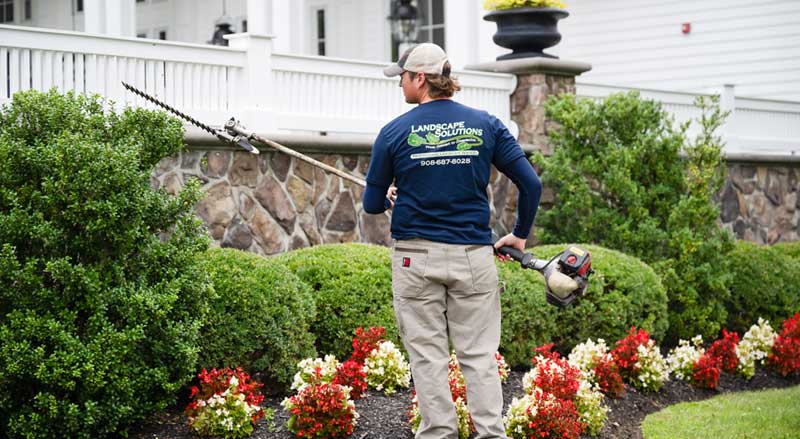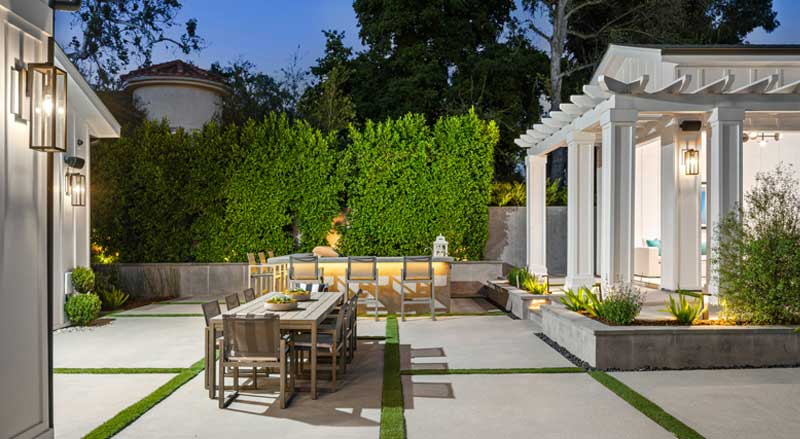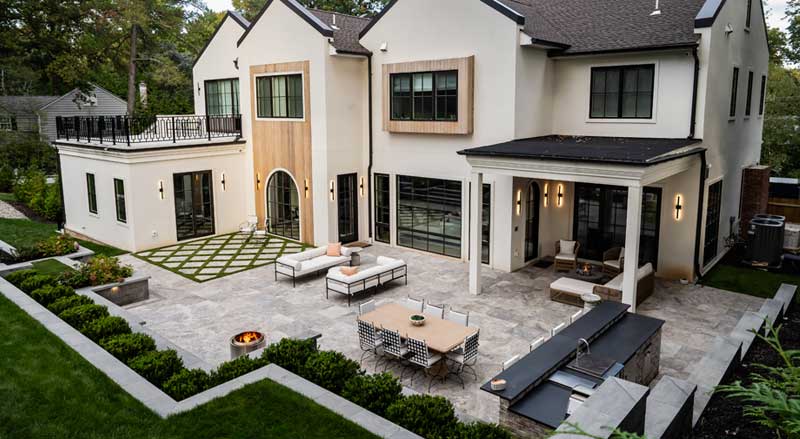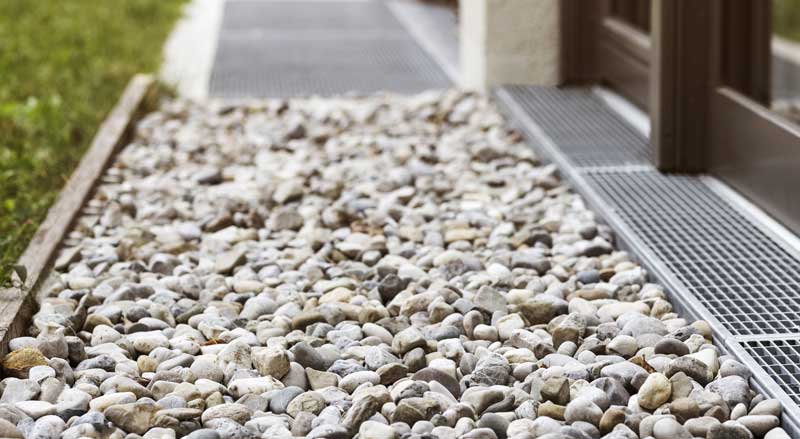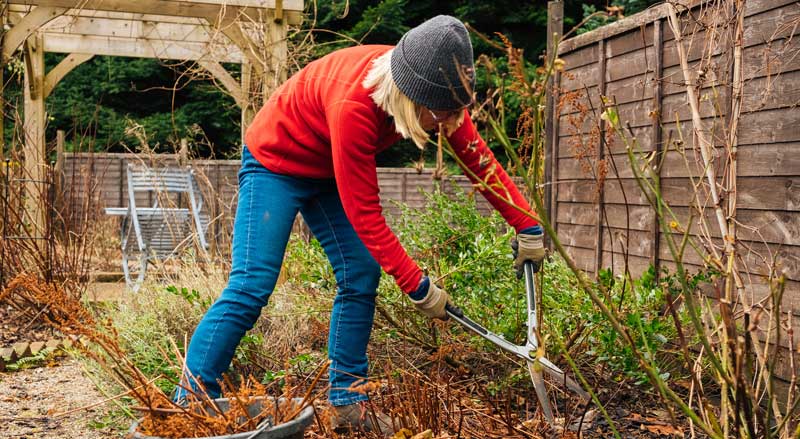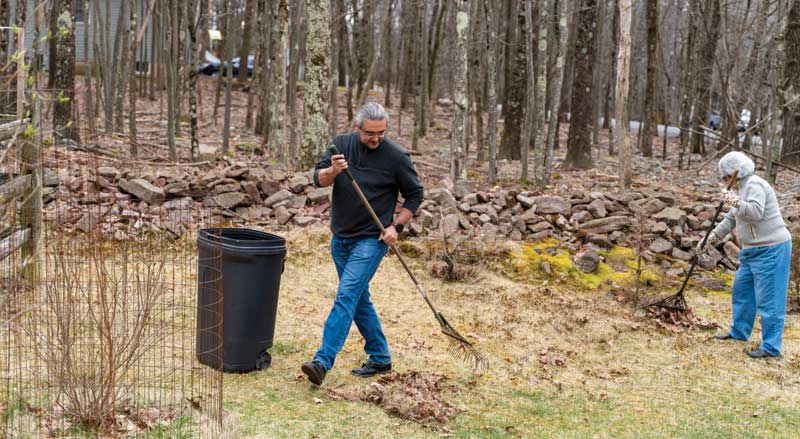A retaining wall is a hardscaping element for your landscape that can be both functional and beautiful. It can hold soil back to prevent erosion or create new usable areas in your sloped yard.
Retaining walls can be as individual as the landscapes they adorn. Read on for more about using retaining walls in your landscape design.
The Many Uses for Retaining Walls
Retaining walls can:
- Create an exciting, tiered effect for your landscape
- Create more usable outdoor living space on your property
- Prevent soil erosion
- Reduce flooding
- Delineate different areas of your property
- Create raised garden planter areas
- Add additional seating to your backyard
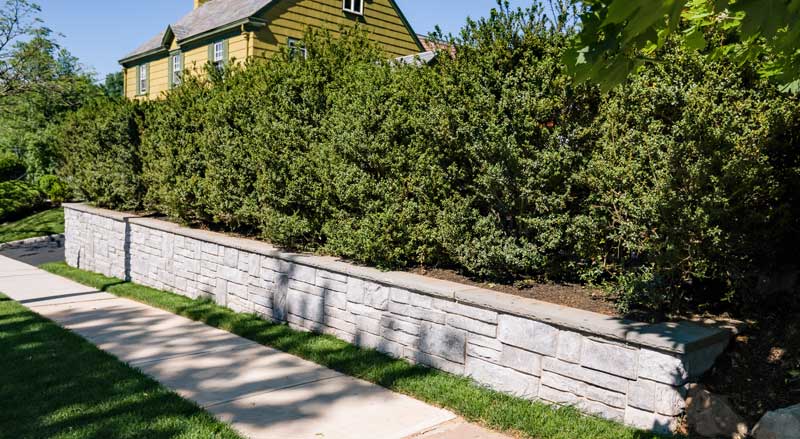
And a retaining wall will most likely increase the value of your home. A prospective homebuyer will be more excited about tiers of useable property than an unmanageable slope full of unruly vegetation.
Will a Retaining Wall Help Your Landscape?
A retaining wall can make a tremendous difference to your landscape. Here are the main reasons homeowners decide to build a retaining wall on their property.
Retaining Walls Define Outdoor Living Space
You can add a series of retaining walls to create inviting and functional tiered areas. You can also install steps and paths to allow for easy access to these new outdoor spaces.
The new areas will work well as secluded conversation spots, inviting patios, dramatic flower gardens, or even an outdoor kitchen and firepit.
Does your home sit on top of a hill? Add a retaining wall and tiered property out front to enhance your home’s curb appeal; create a multilevel garden for added beauty.
Retaining Walls Protect Against Stormwater Runoff
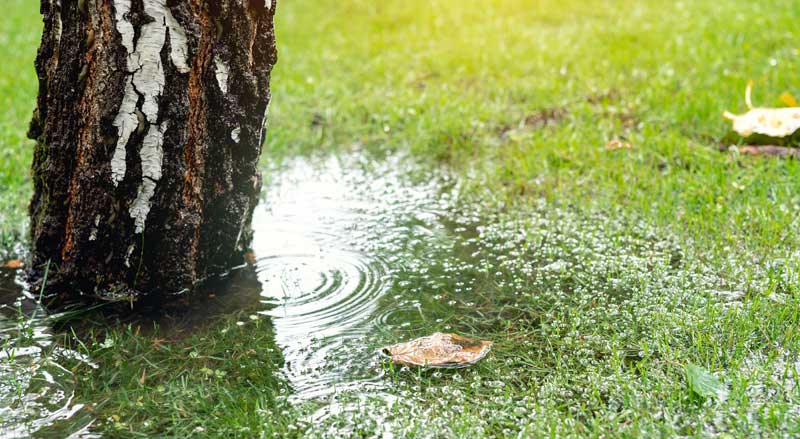
Both running and standing water are dangerous to your landscape and structures. Basements and plant beds can flood. Trees can die and homes and buildings can suffer weakened and cracked foundations that carry a hefty price tag to fix.
If there’s a slope behind your house and flood waters appear with heavy rainfalls, a retaining wall will definitely keep your home safer. A properly engineered retaining wall will direct runoff away from your home and other structures, potentially saving you lots of money from water damage.
Read more about landscape drainage and grading solutions for your property.
Landscaped Walls Provide Visual Interest
A retaining wall can add much needed visual interest to an otherwise bland landscape.
Create inviting tiered areas. Add steps to allow visitors to move effortlessly from level to level as they explore the attractive gardens and secluded patios. Or simply use retaining walls to create built-in flower beds.
Retaining Walls Prevent Soil Erosion
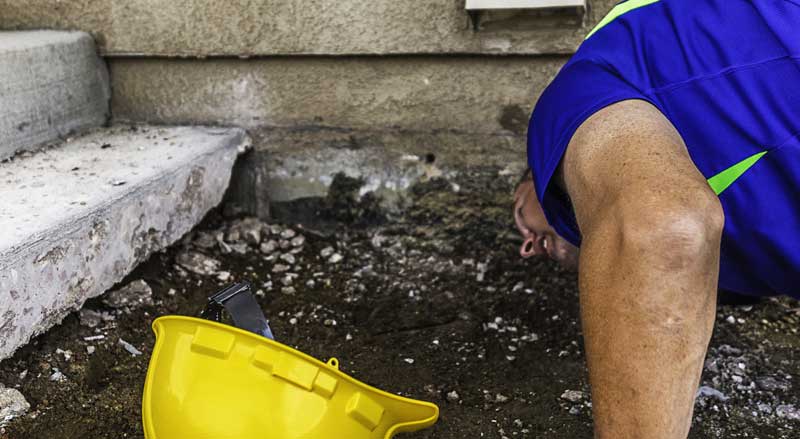
Soil can erode and shift, causing structural problems for your home. A professional landscape engineer can help you determine where best to place the retaining wall(s) to keep soil from shifting and threatening your home’s structural integrity.
If there is a slope behind your house, the retaining wall can keep soil from washing away downhill.
When a slope is flattened and protected by a retaining wall, you can easily install plants that will thrive, hold the soil, and further prevent erosion.
Materials for Retaining Walls
Landscapers can use many materials for retaining walls. Material selection will depend upon the needed function of the retaining wall, the aesthetics you want for your property, and your budget.
Natural Stone
Natural stone is an attractive but often more expensive choice for retaining walls. Homeowners enjoy the durability and look of natural stone walls.
Landscapers can stack flagstone, including limestone and bluestone, in horizontal layers to create a sleek, but natural look. Natural stone also works well for walkways and stairs.
Fieldstone is rougher in texture and comes in rounder more organic shapes. These stones can also be used for dry stacking.
Slate and granite are two of the most expensive natural stone choices for retaining walls, but the results can be quite attractive and impressive.
Paving Stones
Paving stones are not only an aesthetic solution for a retaining wall but will also control erosion during difficult weather. Paving stones will hold up while directing water drainage down slopes.
Brick
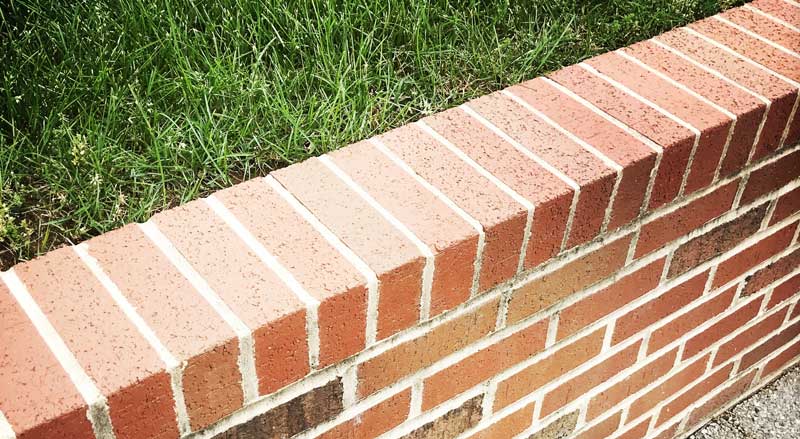
Brick is long-lasting and sturdy—a great material for retaining walls. Bricks held together with mortar make especially strong garden structures. Homeowners enjoy the low maintenance properties and often the architectural look of brick.
Wood
Wood is one of the less durable options for a retaining wall. It will rot if it is exposed to water and moisture for an extended time. It should never be used to direct rain runoff.
Pressure treated wood is the best wood option for retaining walls. Don’t place flowers or other plantings too close to pressure treated wood walls since the chemicals in the wood can be harmful to plants.
Poured Concrete
Poured concrete is a popular and durable choice for a retaining wall.
Have the concrete stained or veneered to look like natural stone or brick.
Stone Veneer
Stone veneer is a very affordable way to enhance the look of a poured concrete retaining wall. Manufactured stone will hide any cracks or stains on the old wall and add the pleasing look of natural stone.
Rocks and Boulders
If you want your landscape to keep its rustic look, use rocks and boulders to create a retaining wall—it will be right at home in your landscape.
A boulder wall also adds natural drainage to your landscape.
Here are more ways to use rocks and boulders in your landscape.
Other materials used for retaining walls include:
- Railway ties
- Steel
Ways to Make Retaining Walls Even More Attractive
Add Flowers or Greenery
If your retaining wall looks a bit bare or stark, try hanging bucket planters on the side of the wall, or set them atop the wall itself.
You can also plant flowers behind the wall that will grow and spill over the wall in a colorful and exciting display. Or plant succulents on your wall for low-maintenance charm.
Include a Water Feature
Add a waterfall to your retaining wall. This exciting feature creates an unusual and dynamic display. Installed basins and spillways will keep the water recirculating.
Hire a Professional
If you’re intrigued by the changes a retaining wall can make to your landscape, contact us at Landscape Solutions. Let our landscape designers and hardscaping installation experts help transform your property with attractive and well-engineered retaining walls.


